 21 June 2021
Astronomers using GBT discover previously unknown huge galactic structure
21 June 2021
Astronomers using GBT discover previously unknown huge galactic structure
... structure in our galaxy has been found by astronomers using the world’s largest fully steerable radio telescope – the Green Bank Telescope (GBT); the discovery was so unexpected, it has taken years and many additional observations to confirm the...
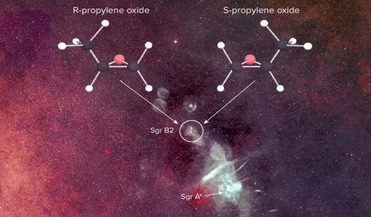 15 June 2016
Scientists discover a chiral molecule outside of our solar system for the first time
15 June 2016
Scientists discover a chiral molecule outside of our solar system for the first time
... enormous star-forming cloud known as Sagittarius B2 (Sgr B2) by researchers primarily using the National Science Foundation's Green Bank Telescope (GBT) in West Virginia as part of the Prebiotic Interstellar Molecular Survey, this puzzle is one step...
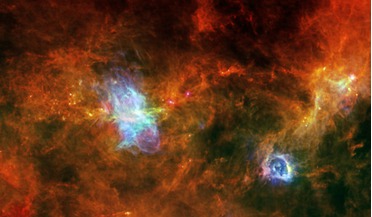 29 August 2016
Dust is the key to producing complex organic molecules in space
29 August 2016
Dust is the key to producing complex organic molecules in space
... or were they produced via reactions on the surface of interstellar dust grains? Using the Green Bank Telescope, the IRAM 30m millimetre radio telescope and the Submillimeter Array, a team of scientists based in Italy have analysed spectra from...
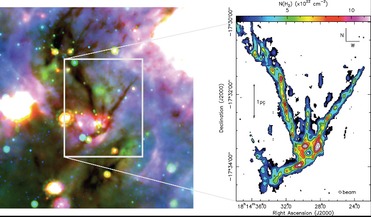 10 July 2017
First glimpse at how gravity effects star formation
10 July 2017
First glimpse at how gravity effects star formation
... the process in action. That is until now. Using the Jansky Very Large Array (JVLA) and the Green Bank Telescope, a team of astronomers from Cardiff University and the University of Manchester, both in the UK, have observed SDC13 – a four...
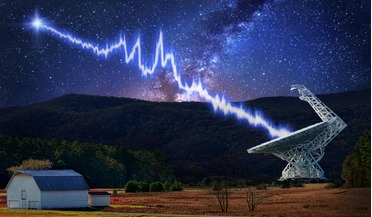 07 September 2020
A new study helps narrow the search for intelligent life
07 September 2020
A new study helps narrow the search for intelligent life
...work by studying 692 of the targets with the Green Bank 100-metre Telescope in West Virginia, US. These stars were all ...Earth could detect. The trouble is, it is hard for radio telescopes to hone in on a central target star without including large ...
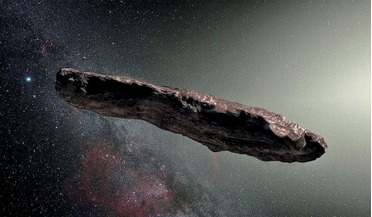 June 2018
Cosmic communications and the anthropology of outer space
June 2018
Cosmic communications and the anthropology of outer space
... civilization and they send omnidirectional things that are easy to detect.” Waterfall plot made from data at Green Bank Telescope (GBT). Time (in seconds) runs on the vertical axis, frequency (in GHz) on the horizontal axis. The white line...